
DJI unveils first integrated Lidar Drone and fullframe cameras for
What Is a LiDAR Drone? LiDAR drones are any drones made to carry a LiDAR sensor. They are used to collect data that can be used to make detailed 3D models for a variety of applications and industries. Whether you're surveying a forest, investigating the cause of a late-night automobile accident, or mapping an eroded shoreline, LiDAR sensors.

DJI dévoile la première solution de drone Lidar
LIDAR is a remote sensing method that scientists and other professionals use to examine Earth's surface features or topography. LIDAR utilizes light energy to create three-dimensional maps of the Earth's topography or surface. This is a new method of examining the Earth's surface, which is often used with drones.

Top Questions and Answers About Drone LiDAR Surveying
LiDAR works by accurately measuring the distance from the drone to the ground. A laser is fired millions of times from the LiDAR scanner towards the ground as the drone flies a predetermined pattern. As each pulse of light is emitted, the exact time the light is fired is recorded. As the light pulse is reflected, the scanner detects the return.
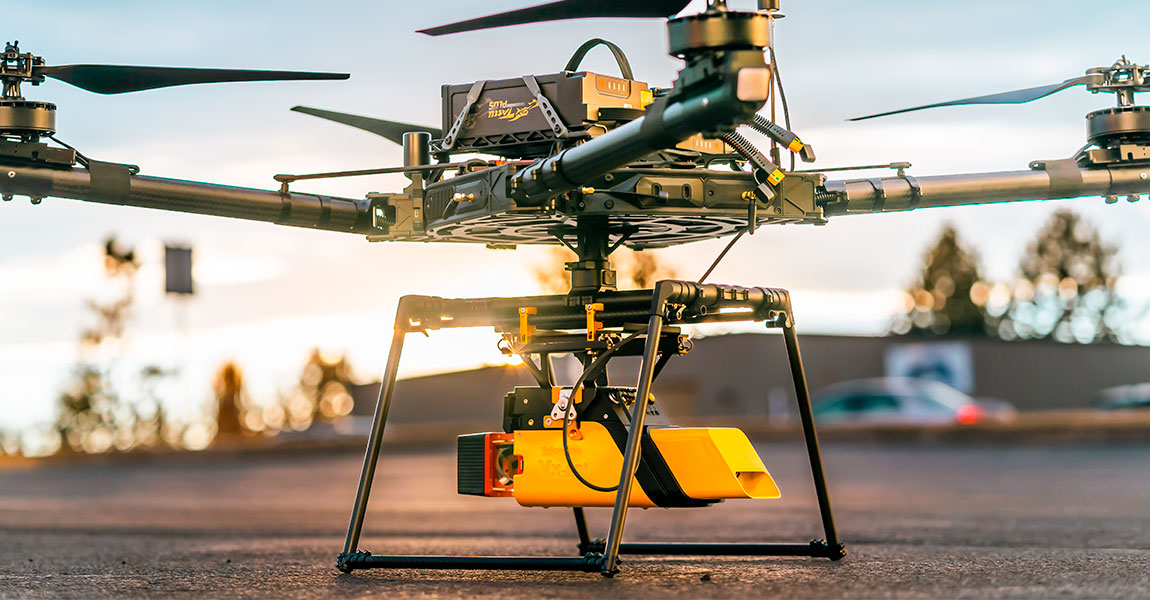
Best drone for LiDAR mapping how to choose the right UAV
Designed and manufactured in North America. Draganfly's Long Range LiDAR (DLR- LiDAR) system provides accurate distance measurements and improved resolution over conventional photogrammetry methods. The cutting-edge sensor technology can be mounted on UAV, airplanes, and helicopters for those professionals requiring precision imagery.

Lidar pour drone rencontre avec un champion français
LiDARUSA Snoopy Highway Mapper Inspector Camera System; Map in High Definition at Highway Speeds. This is one of the most powerful and affordable LiDAR system we have ever made, Let us help you meet all your accuracy and productivity goals. The Surveyor 32 LiDAR system is designed for ease of use for both field and back office processing.
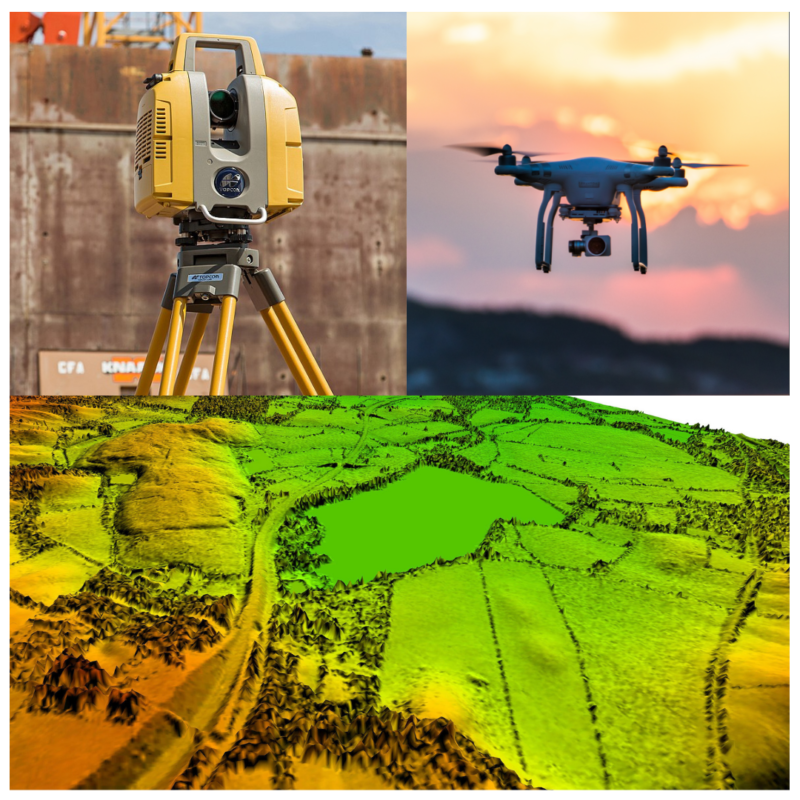
Survey Through LIDAR Technology Using UAV (Drones) Suncon Engineers
Phoenix LiDAR Systems is the global leader in commercial UAV LiDAR solutions and specializes in custom, survey-grade mapping & post-processing solutions enabling clients to collect detailed, 3D topographic information for a wide-range of commercial and research applications, including engineering, construction, mining and more.
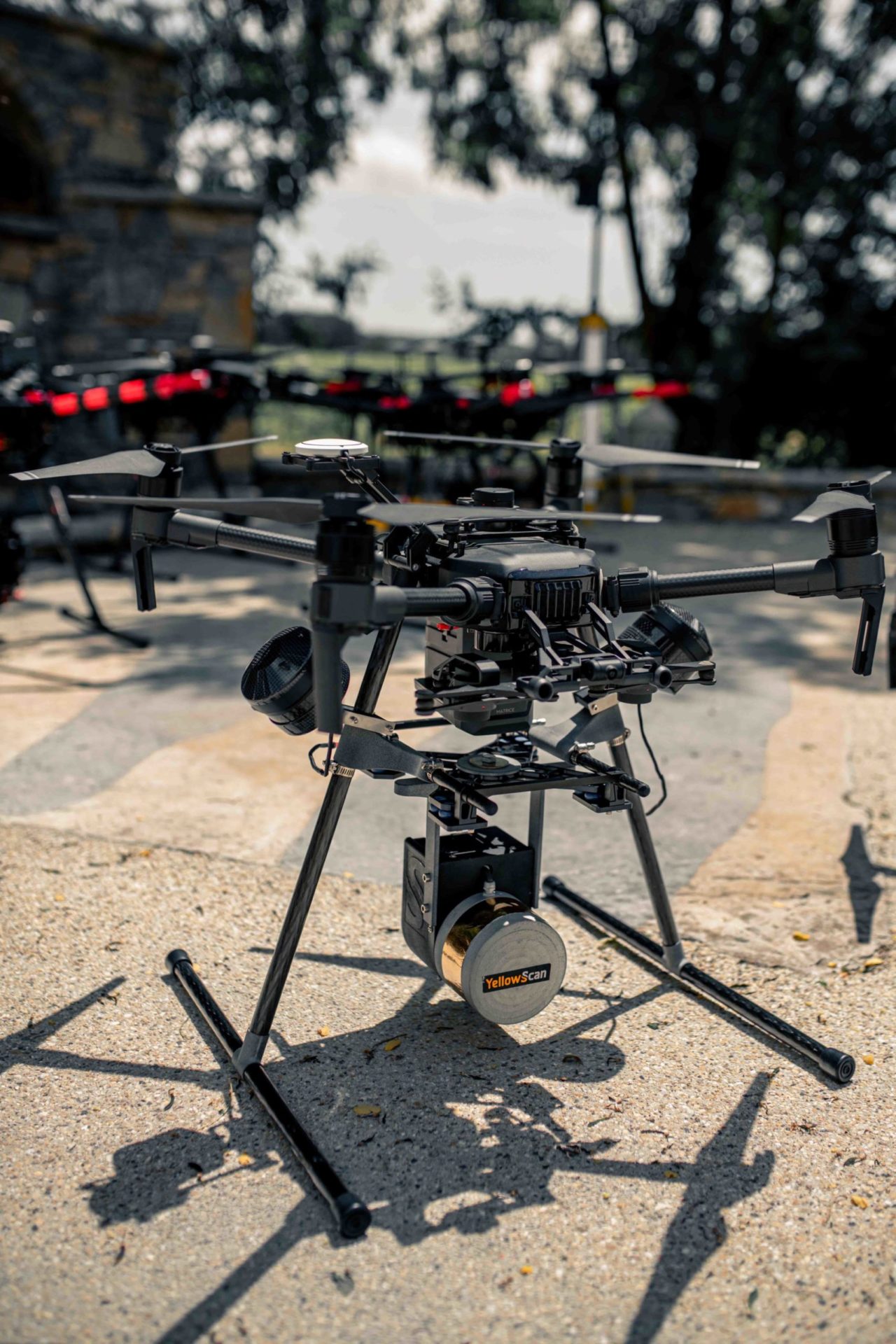
Lidar Drone
DJI Matrice 600 Pro - This multirotor drone has a weight of 22 lbs (10 kg) without any payload. It's maximum payload is 34 lbs (15.5 kg) making it ideal for carrying any of the above YellowScan lidar sensors. XENA OnyxScan - The lidar drone can be operated across many sectors and applications including lidar imagery.
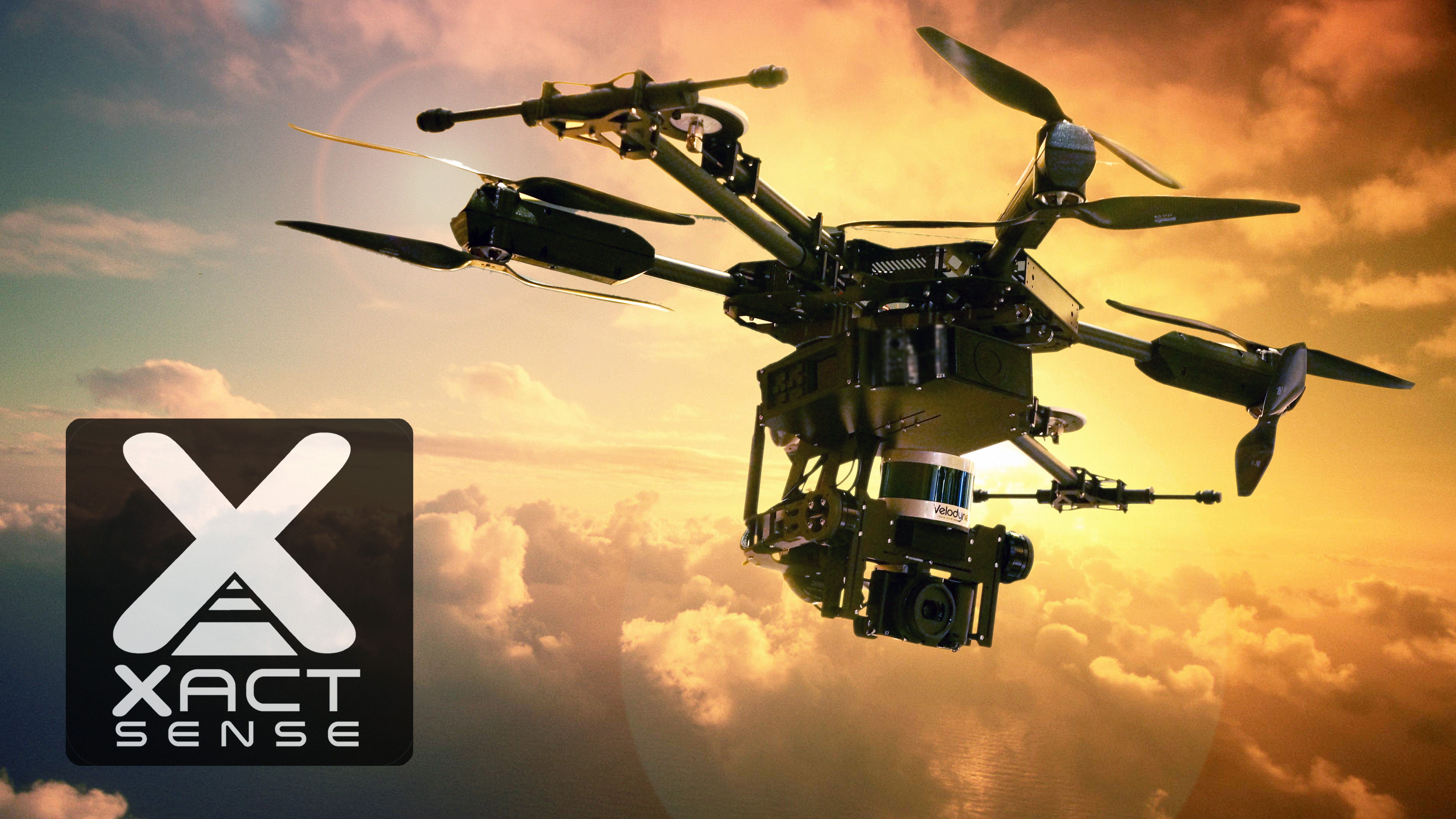
Laser Scanning Drones XactSense is First to Fly Velodyne’s New Low
A Lidar + RGB Solution for Aerial Surveying. The Zenmuse L1 integrates a Livox Lidar module, a high-accuracy IMU, and a camera with a 1-inch CMOS on a 3-axis stabilized gimbal. When used with Matrice 300 RTK and DJI Terra, the L1 forms a complete solution that gives you real-time 3D data throughout the day, efficiently capturing the details of.
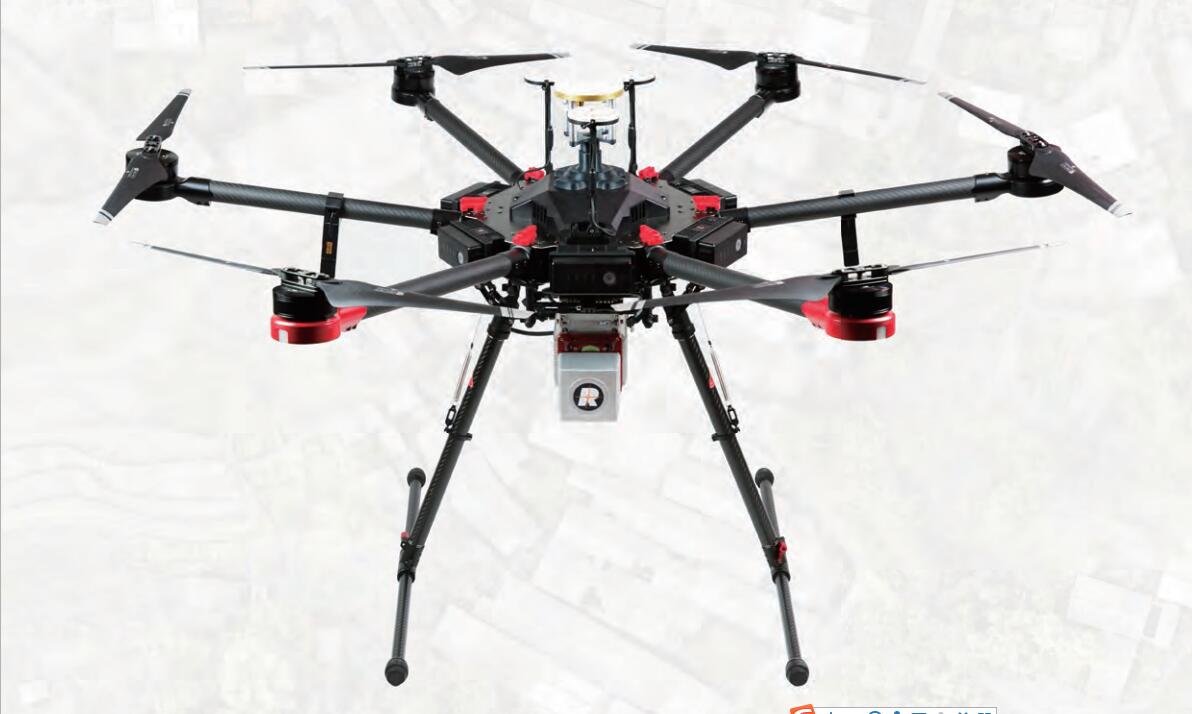
DJI matrice 600 pro lidar Drone Lidar Mapping and Survey
In the aerial surveying industry, Lidar technology plays a vital role in building accurate reality models. In low light situations, or in areas with heavy foliage where traditional drone-based photogrammetry methods would fall short, Lidar can provide quick, precise true-color point cloud models of complex structures.
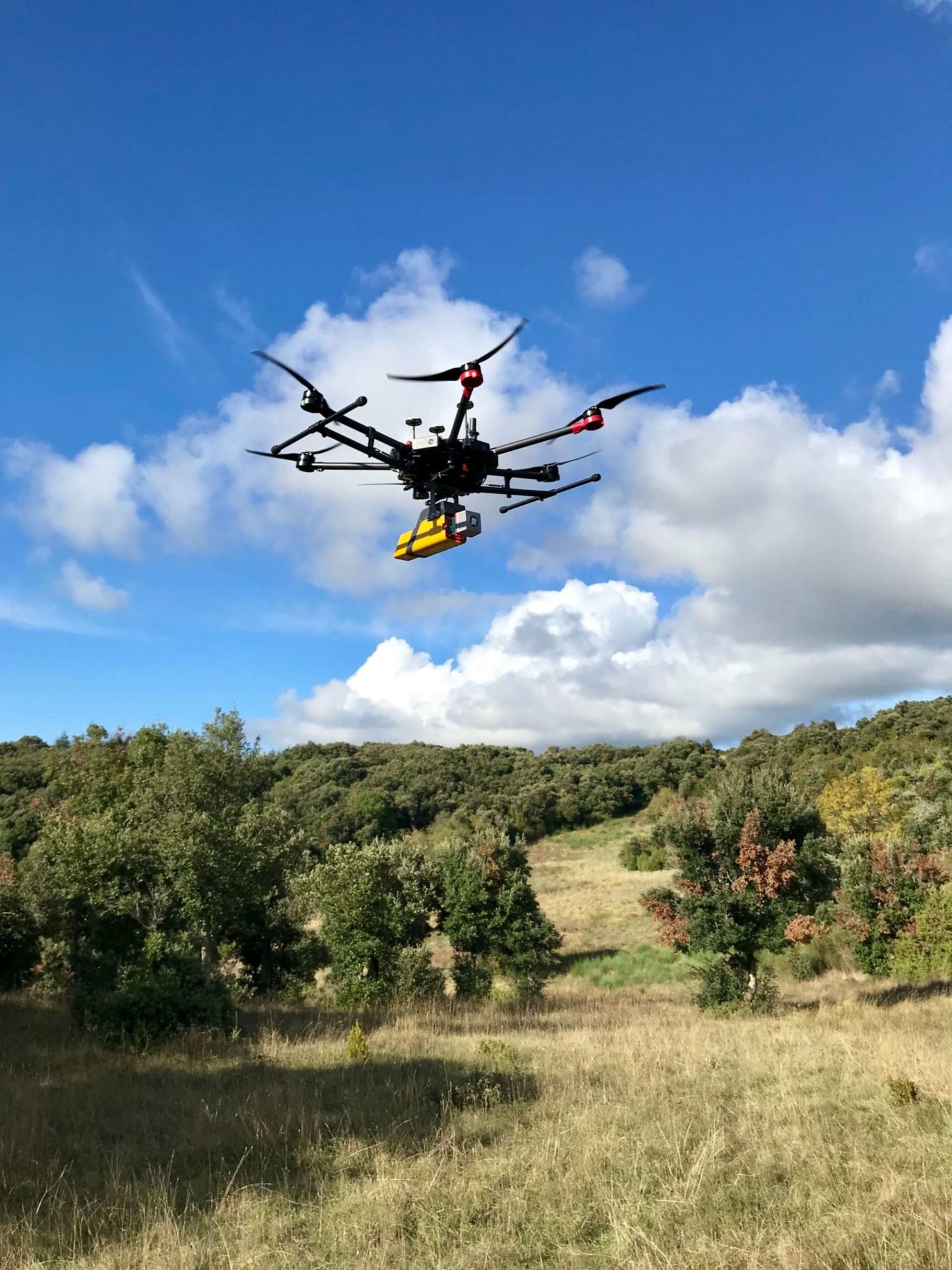
Lidar Drone
Lidar (/ ˈ l aɪ d ɑːr /, also LIDAR, LiDAR or LADAR, an acronym of "light detection and ranging" or "laser imaging, detection, and ranging") is a method for determining ranges by targeting an object or a surface with a laser and measuring the time for the reflected light to return to the receiver. Lidar may operate in a fixed direction (e.g., vertical) or it may scan multiple directions.

Acecore partners with YellowScan to offer fully integrated aerial LiDAR
LiDAR stands for light detection and ranging and is a remote sensing method that is more and more being used in combination with drones. LiDAR from drones uses scanners while flying, shooting out pulses of light, travelling to the ground, penetrating through vegetation, getting down to the ground and returning to the scanner.

LiDAR for Drone, Precision Drone embedded LiDAR for Mapping & Remote
The point cloud generated from drone-based LiDAR can yield 100-500 points per square meter at a vertical elevation accuracy of 2-3 centimeters. "With higher density, or a higher resolution, the detail of information you receive from the drone-based LiDAR sensor is more robust. A more dense point cloud gives research teams more flexibility.

What Is LiDAR & Why Is It Important to Power Providers?
Adding LiDAR UAVs is a great way for companies of all industries to map and survey more effectively. It's impressive just how many unique deployment scenarios support drone LiDAR technology. Some of these cases can also incorporate photogrammetry, while others are wholly new and driven by the advent of affordable LiDAR drones.

The Latest Wave of Sensor Tech Could be a Game Changer for LiDAR
An example of a LiDAR image from Velodyne's 3D mapping system for drones. Doing aerial data collection using LiDAR with drones instead of airplanes is a relatively new land surveying technique, which is based on high precision laser scanners, the Global Positioning System (GPS), and Inertial Navigation Systems (INS).
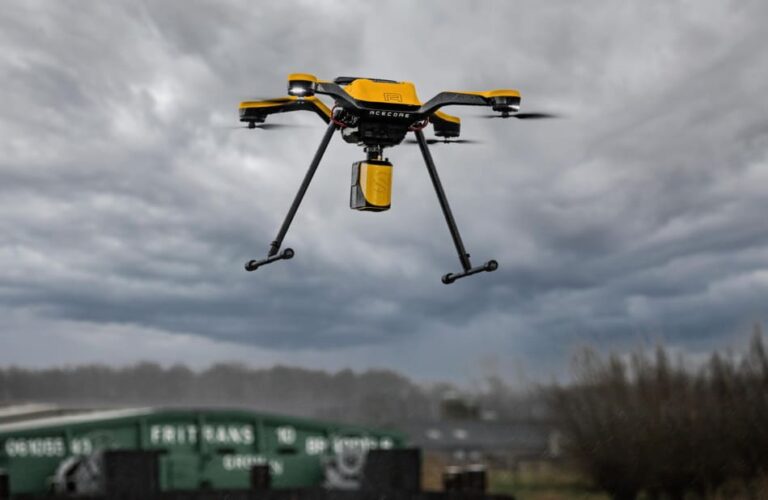
Integrated Drone LiDAR Solution Unveiled Unmanned Systems Technology
Advantages of drone LiDAR. Drone LiDAR technology offers several benefits over traditional surveying methods and other aerial imaging technologies. Some of these advantages include: High precision and accuracy: Drone LiDAR systems can capture detailed topographic data with remarkable accuracy, even in dense vegetation.

Sensors 101 The Basics of LiDAR, Thermal, Hyperspectral, and
More LiDAR sensors for drones are hitting the market, with promises of accurate 3D models and terrain maps. How do drone professionals approach choosing a LiDAR sensor? The deep dive on the options: